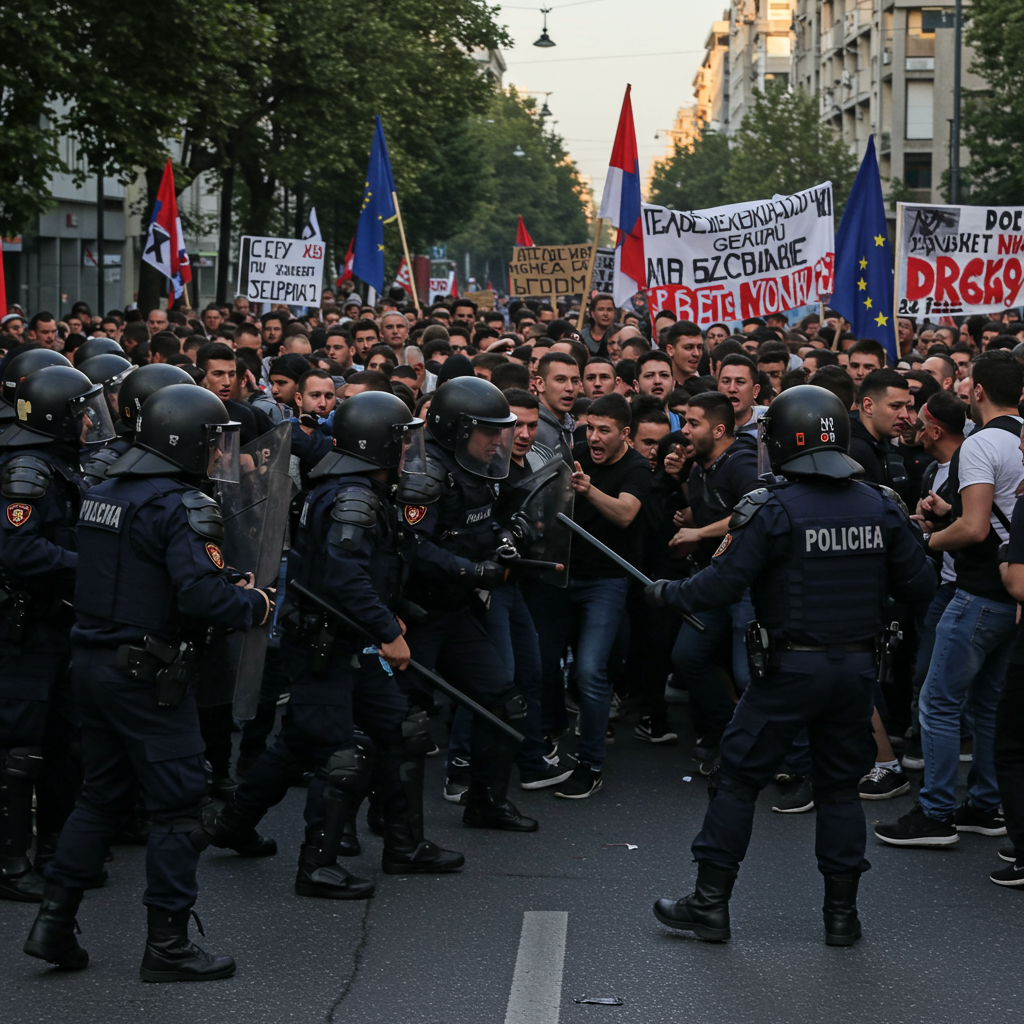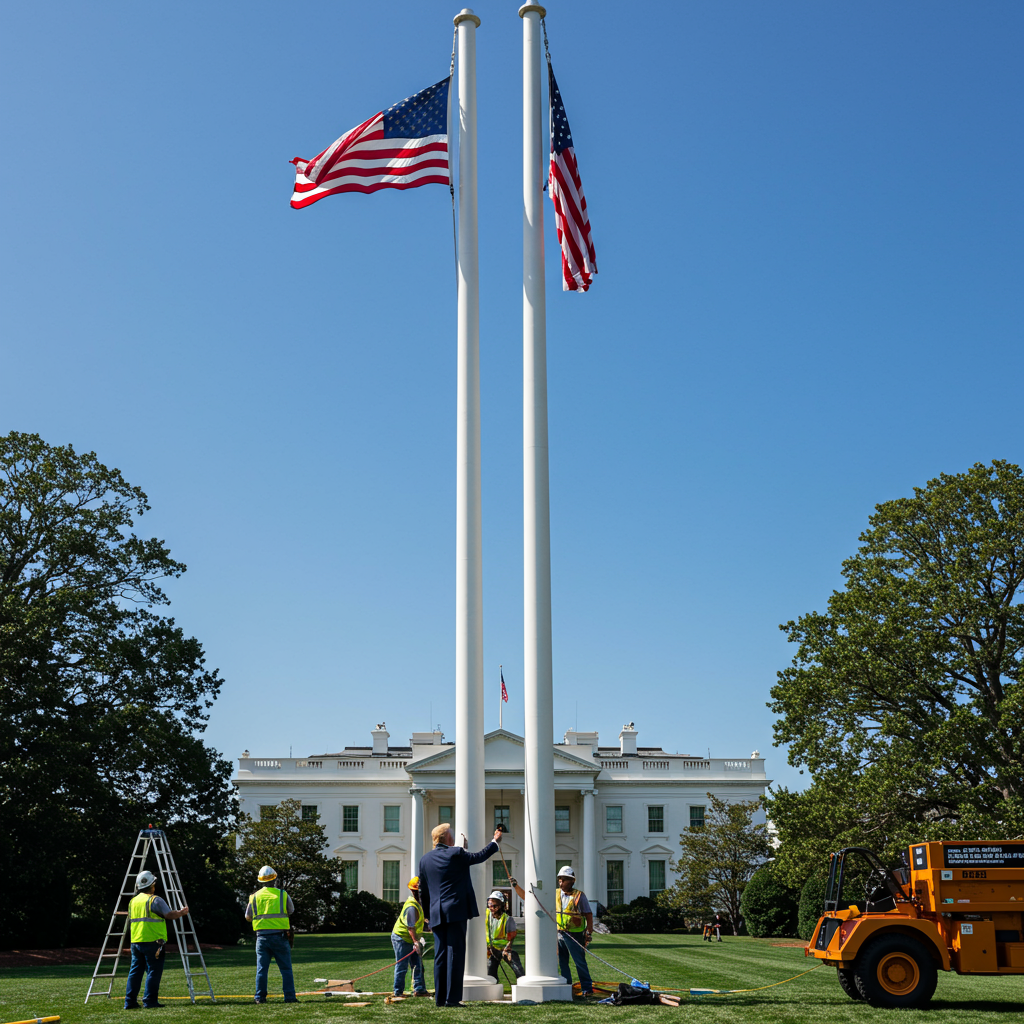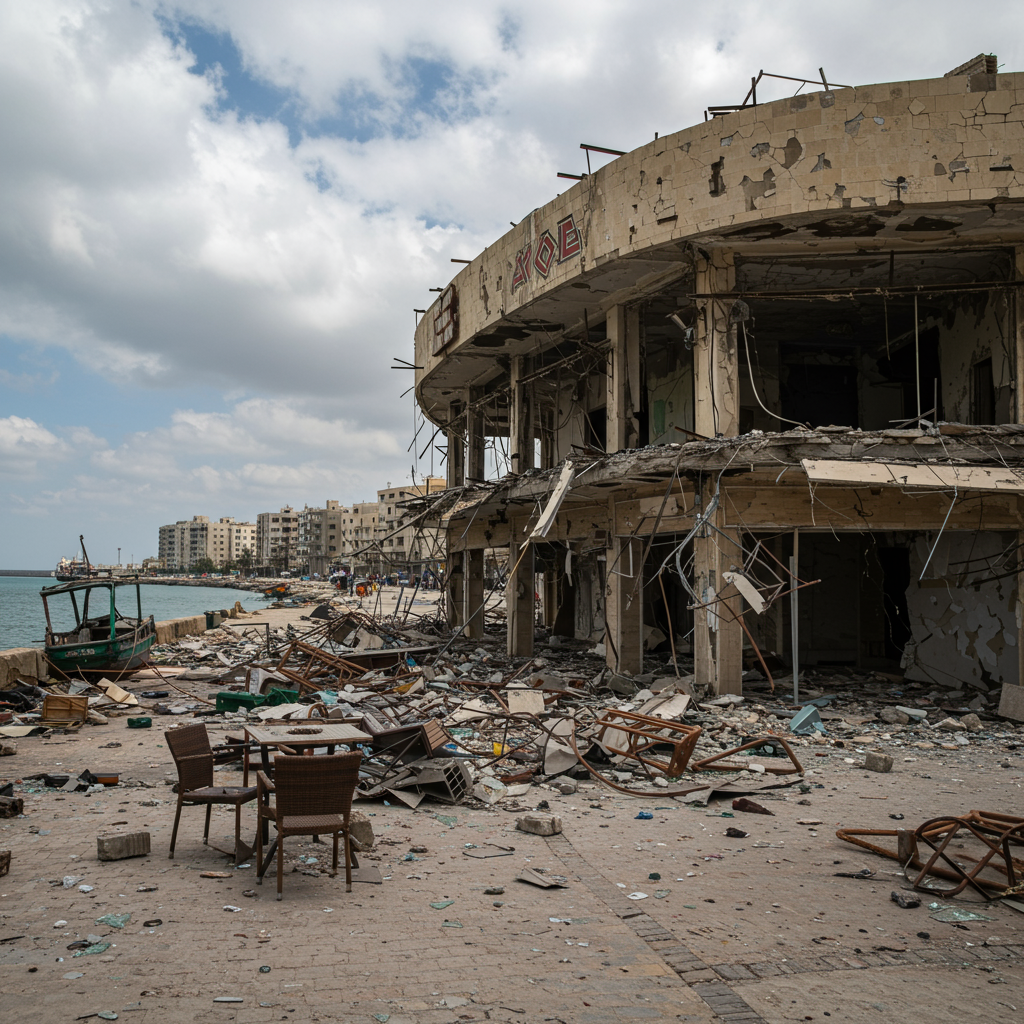Thousands of anti-government demonstrators recently clashed with Serbian police in Belgrade, escalating months of persistent protests demanding early elections and an end to President Aleksandar vucic‘s extensive tenure. The capital saw a massive rally on Saturday, marked by confrontations between riot police and protesters. This significant turnout signals enduring public anger despite the government’s efforts to suppress the movement. The core demand remains a swift return to the polls, challenging the president’s tight grip on power ahead of the currently scheduled 2027 elections.
Escalation in the Capital
Saturday’s events unfolded as a vast assembly of protesters gathered in Belgrade. Estimates of the crowd size varied significantly; Serbian police put the initial figure at 36,000, while an independent monitoring group reported a much larger presence, estimating approximately 140,000 participants across Slavija Square and surrounding areas. This made it one of the largest demonstrations in recent months. Chants of “We want elections!” echoed through the streets as the rally progressed.
Tensions peaked as the protest neared its conclusion. Police in riot gear were strategically positioned around key government buildings and parliament. Skirmishes broke out in several locations. Protesters, some wearing masks, goggles, and helmets, reportedly threw flares, bottles, rocks, and other projectiles towards police lines.
Police Response and Arrests
Law enforcement responded forcefully to the confrontations. Riot police deployed tear gas, stun grenades, and pepper spray to disperse the crowds. Officers used shields to push back demonstrators. Numerous arrests were made throughout the day and evening, with official reports indicating dozens detained. Serbia’s Interior Minister stated that police acted to restore public order after some protesters initiated attacks on officers, confirming arrests would target those responsible for assaulting law enforcement. The director of police reported six officers were injured in the clashes.
Roots of the Discontent
The recent clashes are not isolated incidents but part of a sustained wave of anti-government demonstrations across Serbia. This protest movement has been ongoing for nearly eight months. University students have emerged as a significant driving force behind the protests, which gained momentum following a tragic event in late 2024.
In November, 16 people died when the roof of the newly renovated Novi Sad railway station collapsed. Many Serbians hold government corruption and alleged negligence in infrastructure projects responsible for this disaster. The Novi Sad tragedy became a catalyst, fueling broader public anger and prompting mass demonstrations beyond just this specific incident.
Deep-Seated Grievances
While the railway disaster initially sparked outrage, the protests have since broadened to address a range of grievances against President Vucic and his ruling Serbian Progressive Party (SNS). Opponents accuse the government of having ties to organized crime. They also point to widespread corruption across state institutions. Critics allege violence against political rivals and a significant curbing of media freedoms under Vucic’s administration. The government consistently denies these accusations. The persistent protests underscore a deep-seated frustration with these perceived issues and a demand for fundamental change in governance.
The Central Demand: Early Elections
The most prominent demand of the ongoing protests is for early parliamentary elections. President Vucic has been in power for 12 years and his current presidential term is set to end in 2027. Parliamentary elections are also scheduled for that year. Despite sustained pressure from demonstrators and opposition groups, Vucic has repeatedly refused calls for snap elections.
His ruling coalition, led by the SNS party, currently holds a strong majority in the Serbian parliament, controlling 156 out of 250 seats. Protesters believe that immediate elections are the only path to resolve the country’s social and political crisis, arguing that the current authorities lack legitimacy and act against the public interest.
Protester Perspectives
Voices from the protest underscore the depth of dissatisfaction. Sladjana Lojanovic, a 37-year-old farmer from Sid, traveled to Belgrade specifically to support the student movement. She articulated a common sentiment: “The institutions have been usurped and… there is a lot of corruption.” Lojanovic sees elections as the necessary solution but expressed doubt that President Vucic would relinquish power peacefully. The determination of students, in particular, highlights the generational aspect of the push for change, with many feeling their future depends on reforming the current political landscape.
Government Response and Counter-Protests
President Vucic and his government have taken a firm stance against the protests. Vucic has publicly accused those demanding early elections of being part of a “foreign plot” aimed at undermining Serbia. He claimed their attempts to “topple Serbia” had failed, a statement he posted on social media following the recent clashes. The government has not provided specific evidence or identified these alleged foreign sources influencing the protests.
Action was also taken ahead of the main Saturday rally. On Friday, five individuals were detained. Serbia’s Higher Court in Belgrade remanded them, accusing them of plotting to overthrow the government. Following the weekend’s confrontations, the police minister issued a strong condemnation of violence attributed to protesters, stating those responsible would face arrest. President Vucic reiterated his resolve, writing on Instagram, “Serbia always wins in the end,” and warning that “thugs will face justice.”
Pro-Government Rallies
Adding another layer to the political tension, thousands of President Vucic’s supporters also gathered in Belgrade on Saturday. This counter-rally took place near parliament, close to where the anti-government protest culminated. Hours before the main student-led demonstration, the ruling SNS party reportedly bused in loyalists from other parts of the country. Many supporters wore T-shirts displaying the slogan “We won’t give up Serbia.”
A pro-government encampment has been established in central Belgrade’s Pionirski Park since mid-March, hosting Vucic loyalists. This parallel presence underscores the polarized political environment in Serbia and provides a backdrop for potential confrontations between opposing groups. Anti-government students have explicitly called for the removal of these pro-government camps.
International Context and Vucic’s Rule
Serbia, while being a candidate for European Union membership, has maintained notable ties with Russia and China under President Vucic’s leadership. This international balancing act is reflected in Serbia’s stance on global issues; the country has not joined the Western sanctions regime imposed on Moscow following its invasion of Ukraine.
Critics often characterize Vucic, a former extreme nationalist, as having become increasingly authoritarian during his decade-plus in power. They argue that democratic freedoms have been curtailed. The Serbian police force is widely seen as being under tight government control, a factor that influences how protests are managed. This broader context of governance style and international relations is integral to understanding the dynamics behind the current wave of public dissent and the government’s response.
Frequently Asked Questions
What are the main reasons people are protesting against President Vucic in Serbia?
Protests against President Vucic stem from multiple deep-seated grievances. Initially sparked by public anger over the deadly Novi Sad railway station roof collapse in late 2024, which many blame on corruption, the movement has expanded significantly. Key reasons now include widespread allegations of government corruption, ties to organized crime, restrictions on media freedom, and alleged violence against political opponents. Protesters accuse the government of usurping state institutions and demand accountability and reform, viewing early elections as essential for change.
Where did the main clashes occur during the recent Belgrade protests?
The most recent significant clashes during anti-government protests in Belgrade occurred on Saturday following a large rally centered around Slavija Square and surrounding streets in the capital. Confrontations between protesters and riot police were reported in various locations across the city center. Tensions were particularly high near government buildings, parliament, and Pionirski Park, where a pro-government camp is located, as police prevented demonstrators from approaching certain areas.
Why does President Vucic refuse calls for early elections in Serbia?
President Vucic has consistently rejected demands for snap parliamentary elections despite nearly eight months of protests. His current presidential term and the parliamentary term are scheduled to end in 2027. His ruling Serbian Progressive Party (SNS) currently holds a substantial majority in the parliament, giving him firm political control. Vucic and his government dismiss the protests as politically motivated, accusing demonstrators of being part of a “foreign plot” and attempting to destabilize the country rather than representing genuine public will. Holding early elections could risk this majority and challenge his extensive rule before the scheduled date.
A Persistent Standoff
The recent clashes in Belgrade highlight the ongoing standoff between President Vucic’s government and a determined protest movement. Despite government accusations and police crackdowns, the significant turnout on Saturday demonstrates that the demand for change, particularly for early elections, remains potent. Grievances rooted in corruption, perceived authoritarianism, and specific tragic events like the Novi Sad disaster continue to fuel public dissent. As the movement persists and the government refuses to yield, the political situation in Serbia remains volatile, with neither side showing signs of backing down from their positions.




